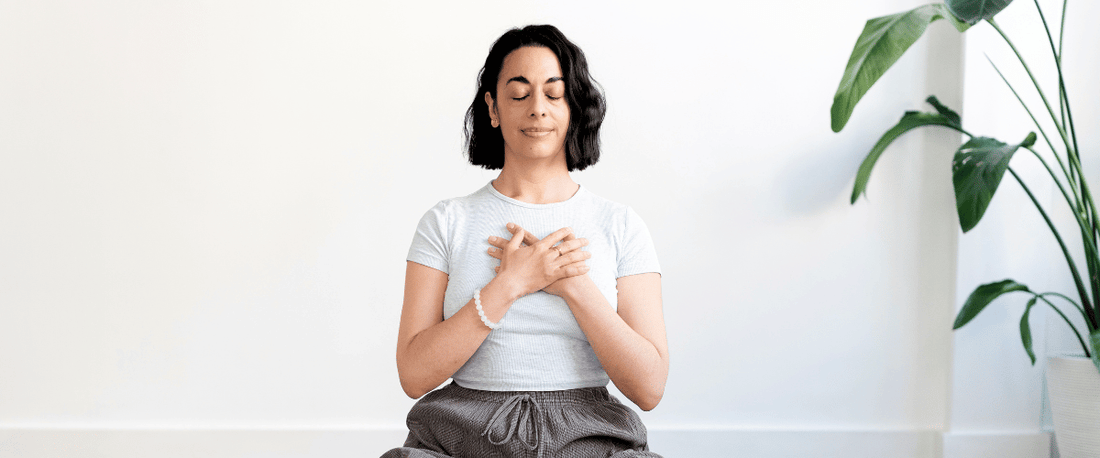

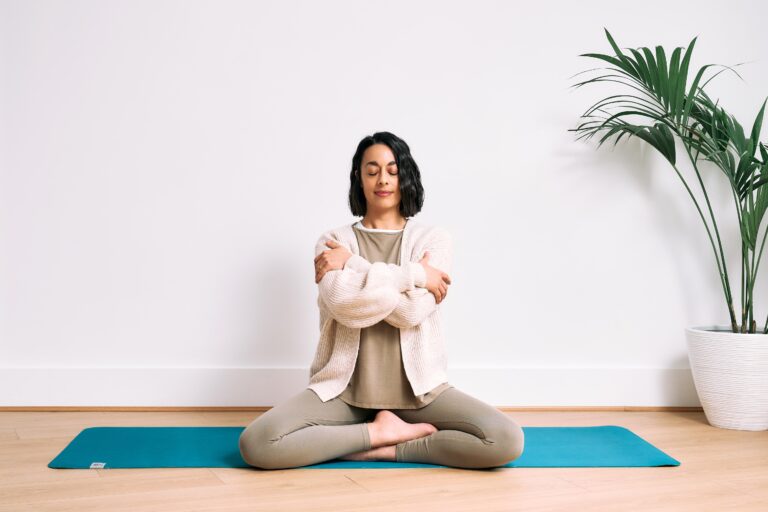
Compassionate Hug
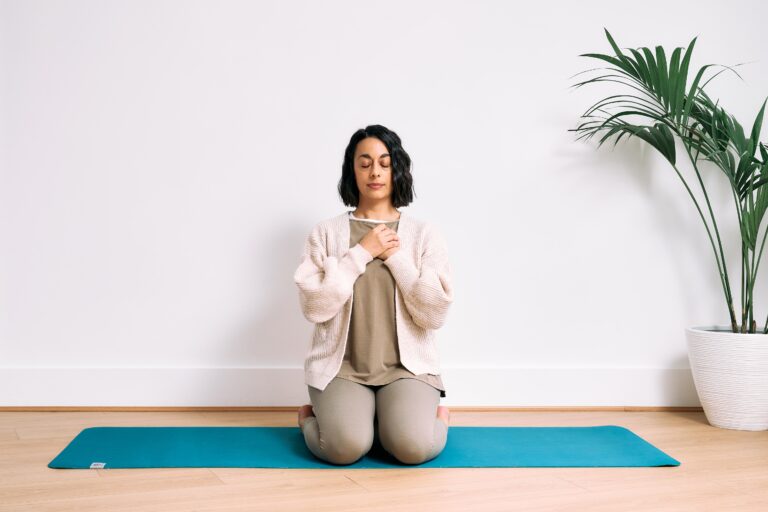
Soothing touch with Loving Kindness mediation (cupping your hand over a fist over your heart whilst sitting in siddhasana)
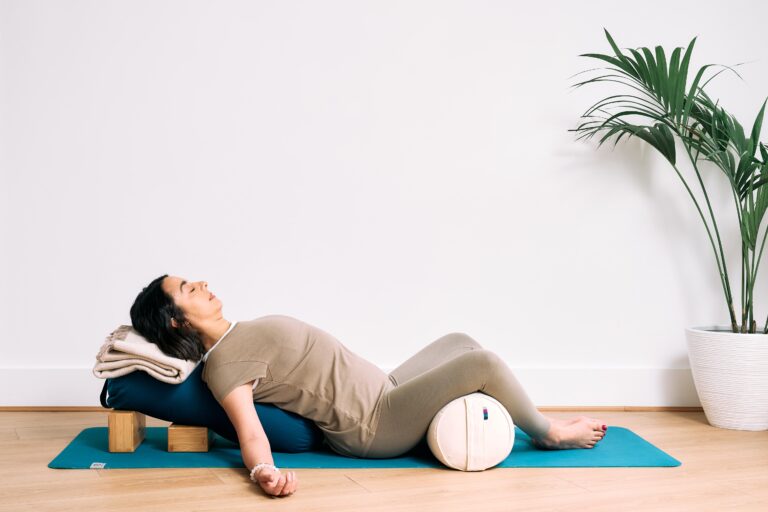
Supta Baddha Konasana (Reclined Bound Angle)
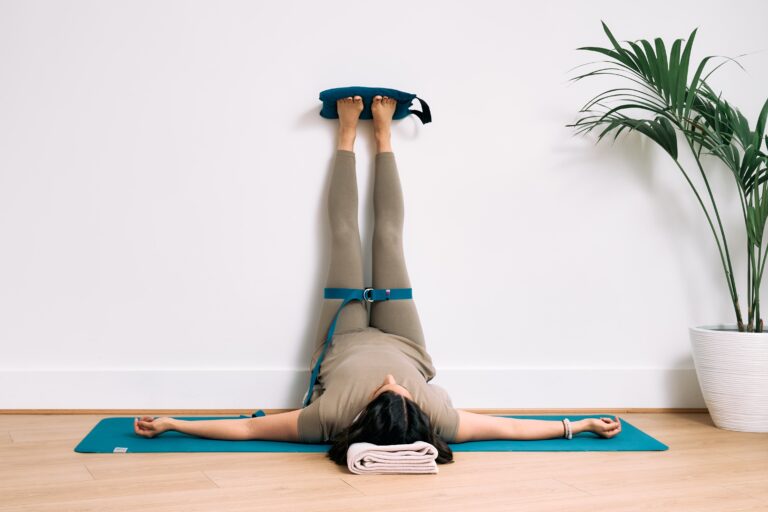
Viparita Karani (Legs Up the Wall)
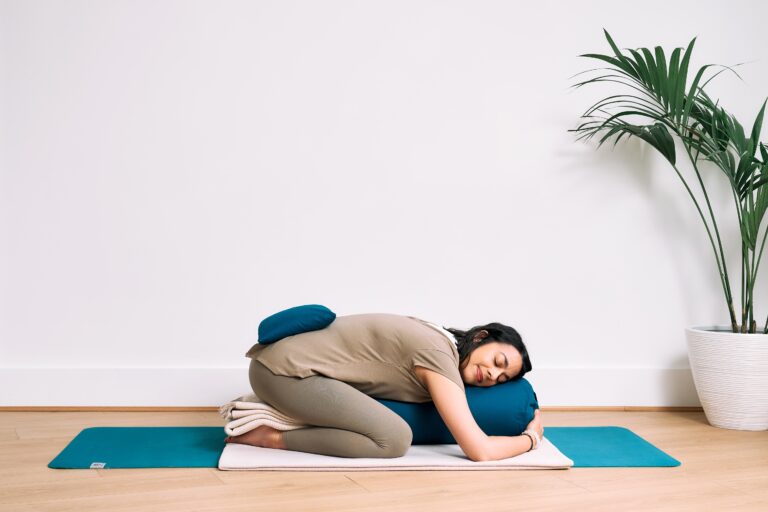
Free UK delivery on orders over £75*
Express delivery options available
30-Day returns
Sign in or Create an account

Practising self-compassion helps to awaken our nurturing side as a way to self soothe and downregulate the threat response. Extending compassion to ourselves when we feel ‘less than’ or are navigating life’s challenges, is like a child being comforted by the loving embrace from a parent. It is a soothing balm that allows us to tap into the compassion response.
Below are 5 poses that you can tap into at any time of day to breathe and focus on channeling a sense of inner compassion towards yourself.

This can be done anywhere but is especially nurturing when added either before or after a meditation practice.
Mindful Mantra: May I give myself the compassion that I need.

As mentioned above, soothing touch allows us to tap into the compassion response as a way to calm and comfort ourselves. By placing one or two hands on our physical body in a warm, tender and caring way, we can support ourselves in feeling safe and comforted. Soothing touch releases oxytocin, often referred to as the ‘love hormone’, reduces cortisol and alleviates stress. This particular practice embodies the yin and yang of self-compassion. The yin of self-compassion represents “being with” ourselves in a compassionate way through comforting, soothing and validating ourselves. While the yang of self-compassion represents action and fierce compassion through protecting, providing and motivating ourselves.

A quintessential restorative posture that supports nervous system regulation. This reclined posture creates space along the front body. It broadens the collarbones, opens the chest and creates more space for the lungs facilitating an easeful breath whilst also opening the hips and allowing the abdomen to soften. The act of self-care through restorative postures is about giving yourself the permission to slow down, soften and rest in order to replenish your energy and support nervous system health.
Place one brick on its middle height at the top of your mat, followed by a second brick on its low height, just in front with some space between your bricks.

When your mind feels busy and frazzled, turning upside down can help to quieten an active mind and bring us back to the present moment. Inversions allow for blood flow to return back to the heart, known as venous return, as well as promoting lymphatic drainage from the lower parts of the body with the legs raised. Inversions also improve circulation, boost our energy and can clear the mind. Especially useful for those with anxiety.

The downward facing orientation of this posture can have a calming effect as the front body is supported, which encourages feelings of safety, whilst quieting the mind by turning inwards. The supported nature of the forward fold aids in relaxation and broadens the back body allowing for a deeper breath (the lungs have more space along the back of the body as they extend to the tenth rib).
Place two foam blocks in portrait orientation next to each other at the centre of your yoga mat. Put the bolster on top.
On all orders over £75*
Instantly send an e-gift card today
No-quibble 30 days refund policy
Rated as “Excellent” by customers
Join our newsletter to hear about new collections, offers, community events and news. Plus, enjoy 10% off your first order.